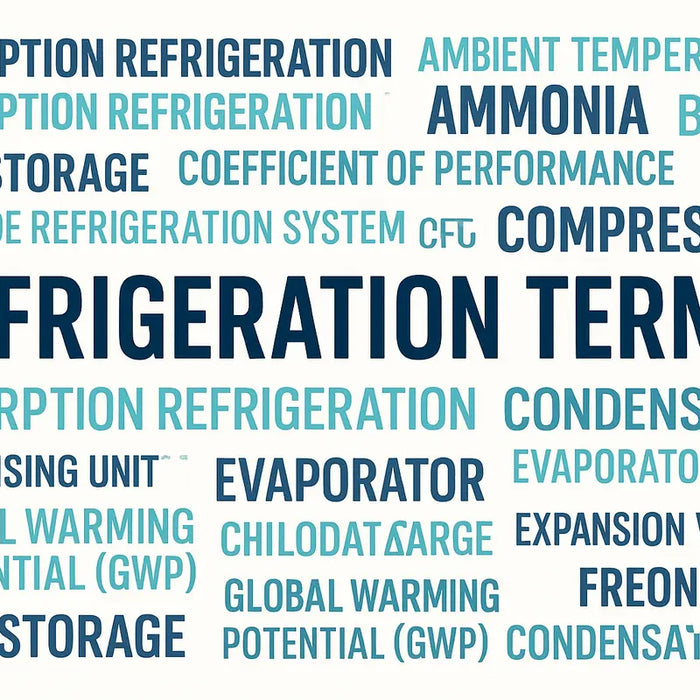Frequently Asked Questions (FAQs) about Gas Detector Calibration Gas
Which gas is used for calibration of a gas detector?
Calibration gases depend on the type of gas detector being calibrated. Common gases include ammonia (NH3), carbon dioxide (CO2), methane (CH4), sulfur dioxide (SO2), nitrogen dioxide (NO2), and refrigerants like R410A or R513A. These gases are supplied in certified concentrations specific to the detector's requirements.
What is span gas for gas detector calibration?
Span gas is a calibration gas with a known concentration of the target gas, used to set the upper detection limit of a gas detector during calibration. It ensures that the detector provides accurate readings at specified concentration levels. Span gas is typically balanced with air or nitrogen, depending on the application.
How do you calibrate a gas leak detector?
To calibrate a gas leak detector, follow these steps:
- Connect the calibration gas cylinder to the detector using a regulator and tubing.
- Zero the detector with a zero gas (pure air or nitrogen).
- Apply the calibration gas to the detector and wait for it to stabilize.
- Adjust the detector settings to match the gas concentration.
- Verify the calibration with another sample of calibration gas, if needed.
Always consult the manufacturer's instructions for specific calibration procedures.
How often do gas detectors need to be calibrated?
Gas detectors typically need calibration every 6-12 months, depending on the manufacturer's guidelines, sensor type, and operating environment. Frequent calibration may be required for detectors used in harsh conditions or those exposed to high levels of contaminants.
Why is calibration important for gas detectors?
Calibration ensures that gas detectors provide accurate readings and reliably detect hazardous gas concentrations. Over time, sensors can drift or degrade, leading to inaccurate measurements. Regular calibration maintains compliance with safety standards and prevents false alarms or missed detections.
What size calibration gas cylinders are available?
Calibration gas cylinders are commonly available in sizes such as 17L, 34L, and 58L, depending on the application. Smaller cylinders are more portable and ideal for field use, while larger cylinders are suited for frequent or lab-based calibrations.
What is a zero gas?
Zero gas is a pure gas, such as air or nitrogen, that contains no detectable amount of the target gas. It is used during the calibration process to set the detector’s baseline reading to zero, ensuring accurate measurements.
Can calibration gas expire?
Yes, calibration gas can expire. Most calibration gas cylinders have a shelf life of 6 to 36 months, depending on the gas mixture. The expiration date is usually printed on the cylinder, and using expired gas can lead to inaccurate calibration.
How do you store calibration gas?
Calibration gas should be stored in a cool, dry place away from direct sunlight, high temperatures, and ignition sources. Cylinders should be secured upright to prevent tipping and inspected regularly for leaks or damage.
Can the same calibration gas be used for different detectors?
Yes, a single calibration gas can be used for multiple detectors if the gas concentration matches the calibration requirements for each detector. Ensure compatibility with the detector's sensor type and consult the manufacturer for guidance.



























